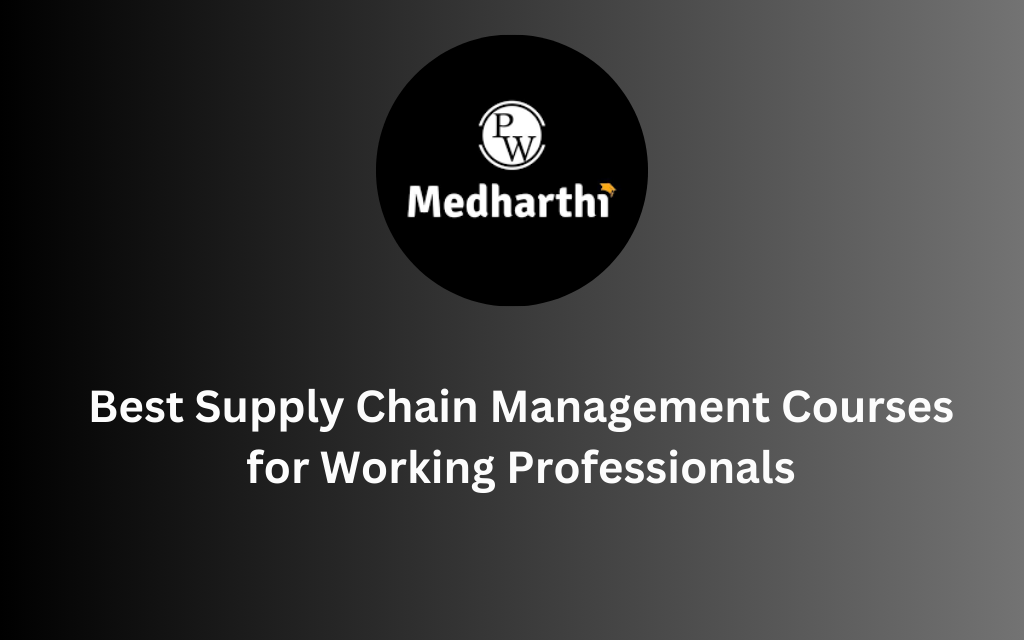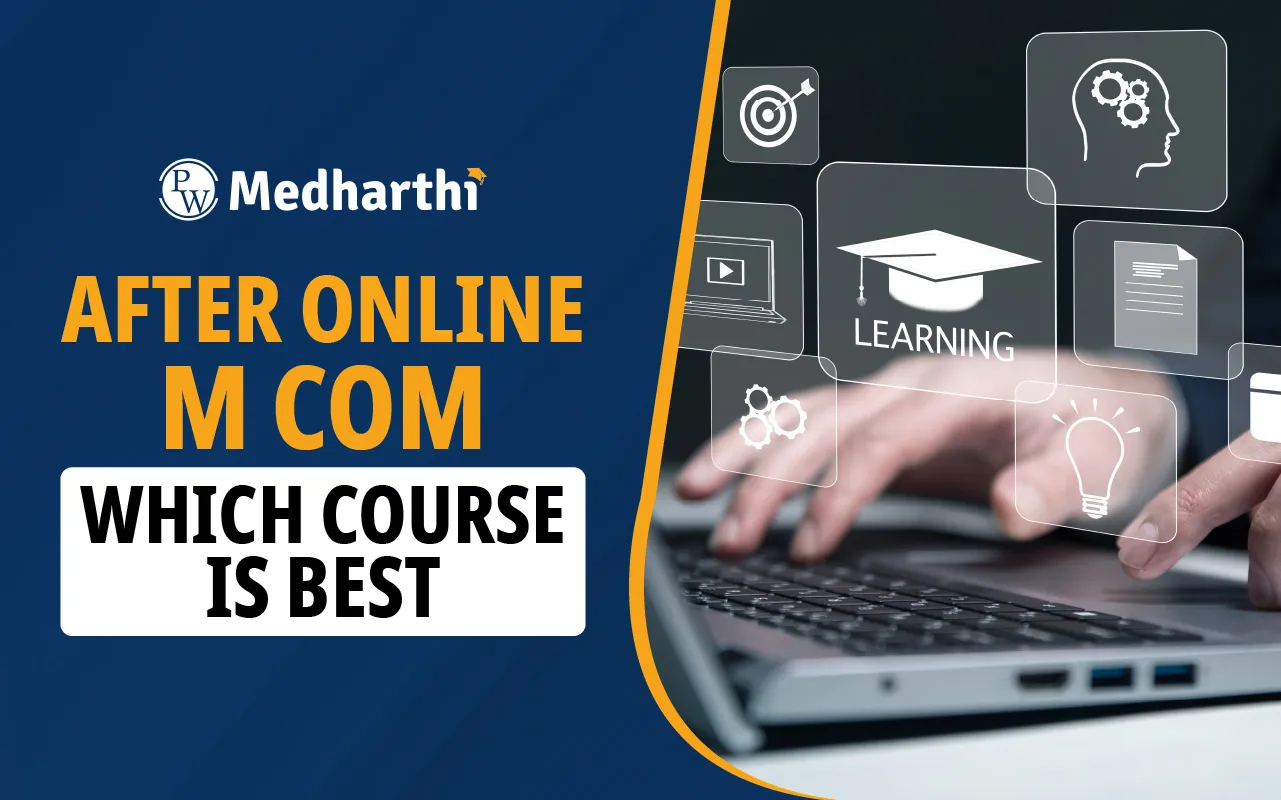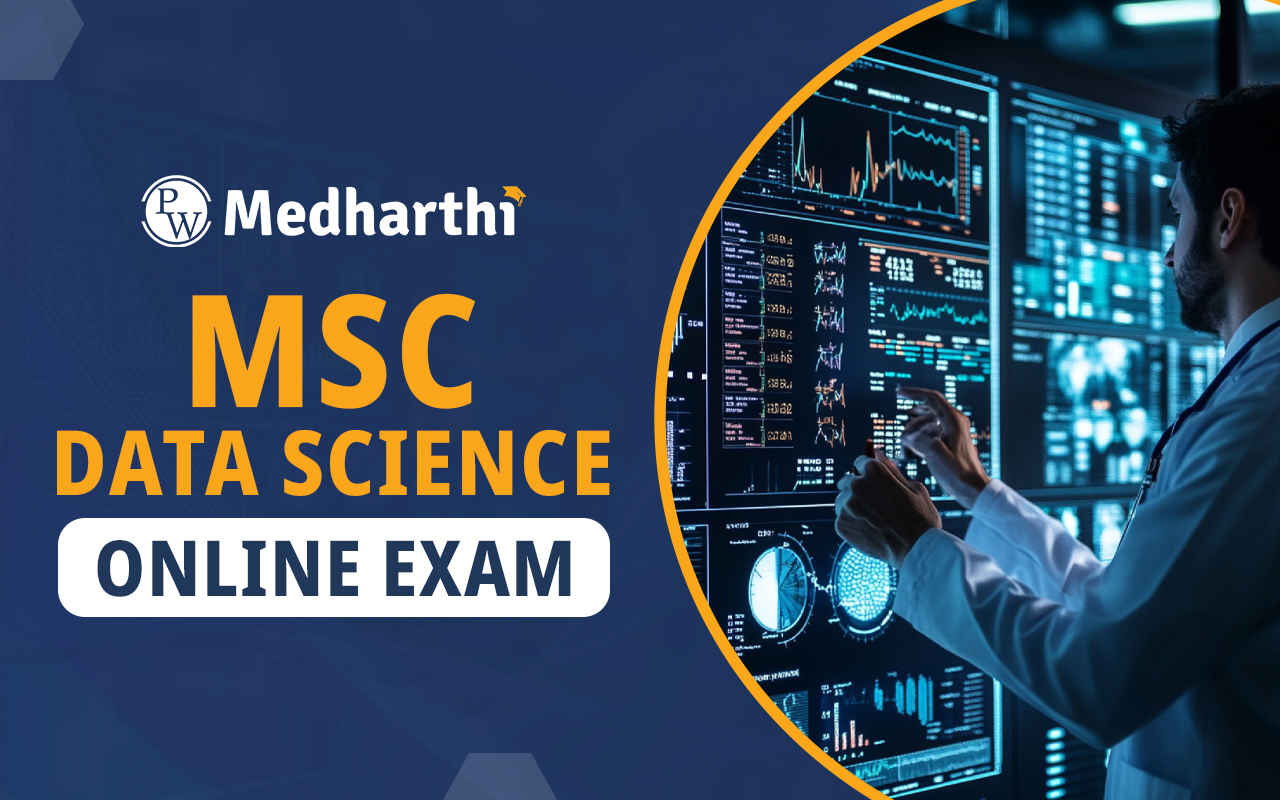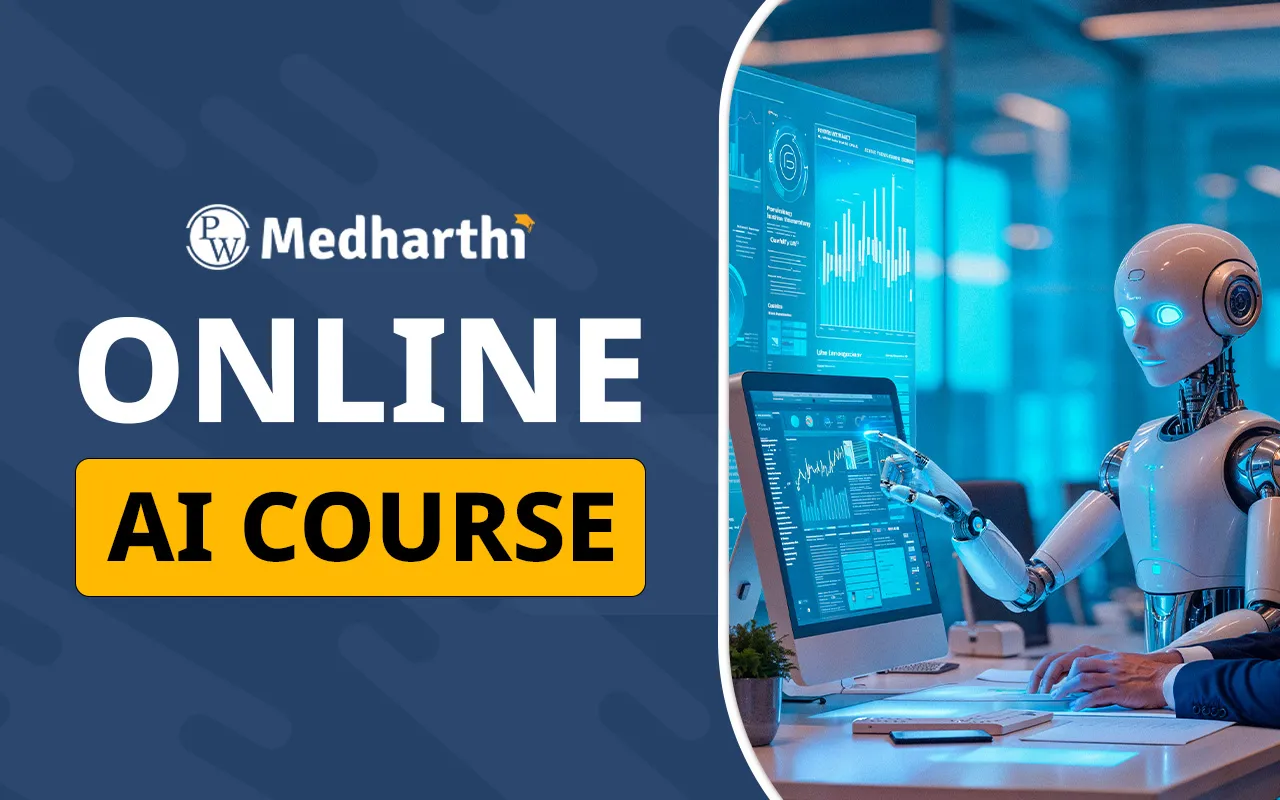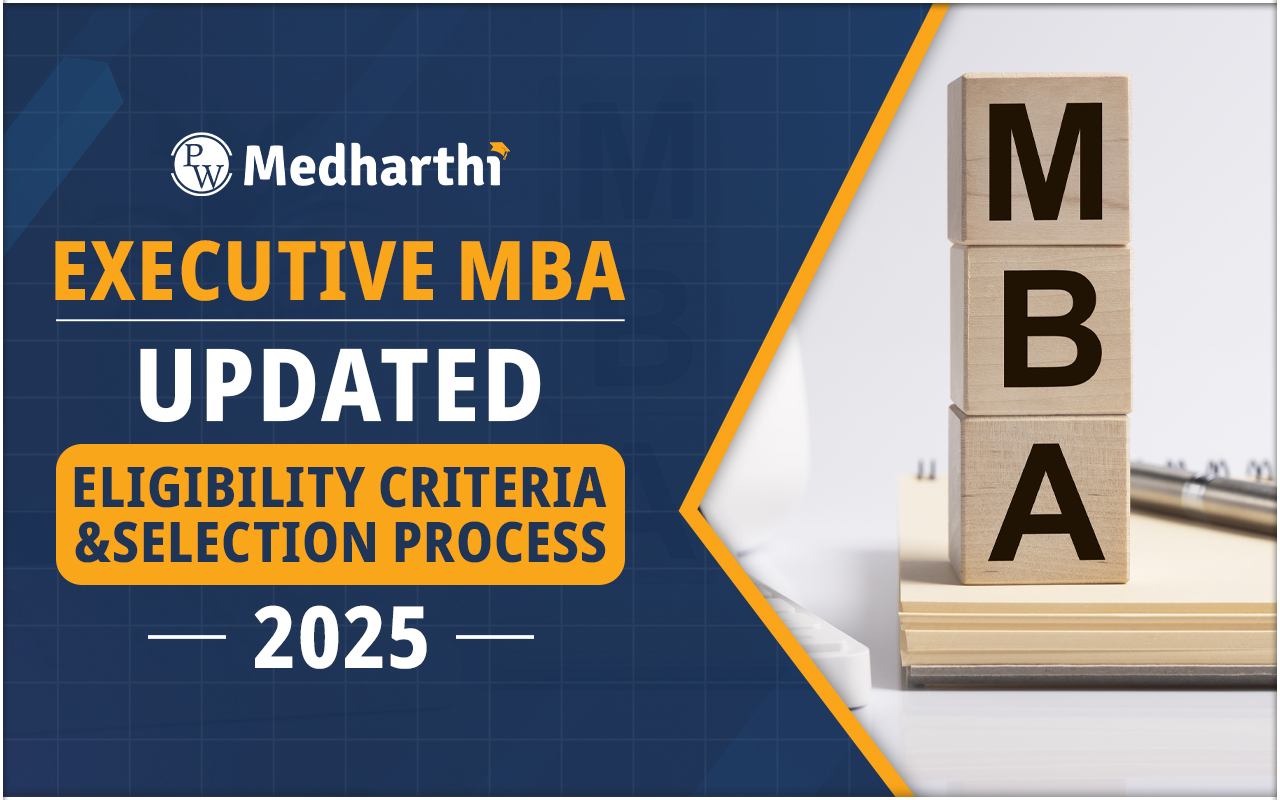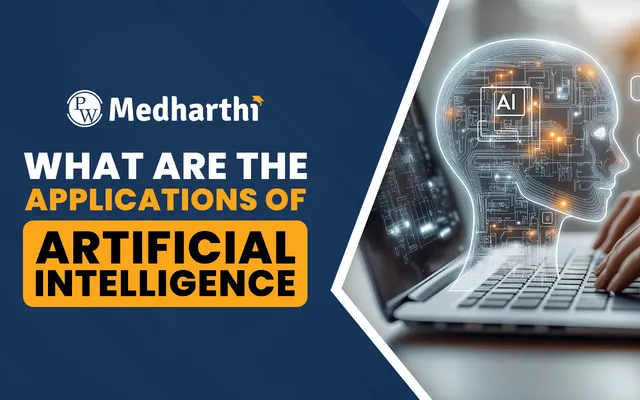

With the gradual passage of time, human resource management began to play a crucial role in the success and sustainability of any organization. This role, or say, HRM at its heart, is mainly concerned with the effective and efficient management of people within an organization to meet all the objectives and strategies. It is important to note that an objective of HRM is far extended and beyond administrative functions and encompasses strategic, operational, and developmental dimensions. It is these objectives fulfilled by HRM that meaningfully contribute to organizational growth, innovation, and competitiveness. Therefore, today, we are here to take you on a journey of knowing the objectives of HRM very closely to understand their functionality.
What is HRM?
Human Resource Management (HRM) is the strategic and coherent approach to managing people within an organization. It involves a wide range of activities related to recruiting, training, developing, and retaining employees while ensuring that their individual goals align with organizational objectives. HRM is not merely an administrative function; it is a core part of organizational strategy that influences productivity, culture, employee satisfaction, and overall business performance. HRM also plays a crucial role in enhancing employee capabilities, managing organizational change, ensuring legal compliance, and fostering a positive work environment.
Objectives of HRM (Human Resource Management)
Explored below are some of the major objectives of HRM or Human Resource Management. It is through strategic and timely fulfillment of all these onjectives that a company or oragnization witness it’s growth.
1. Organizational Objectives
The foremost aim of HRM is to help organizations achieve their strategic and operational goals through effective people management. These objectives ensure that the human resource function is aligned with the broader mission and vision of the organization. Key components include:
-
Workforce Planning: Ensuring the organization has the right talent in the right roles at the right time.
-
Talent Acquisition: This involves Hiring individuals whose skills and values match organizational needs.
-
Performance Alignment: Establishing performance metrics that support strategic priorities.
-
Strategic Integration: Linking HR initiatives with long-term business planning.
2. Functional Objectives
HRM must ensure that the human resource function itself is operating efficiently and delivering value to the organization. These objectives focus on:
-
Operational Efficiency: Streamlining HR processes to reduce cost and improve effectiveness.
-
Legal Compliance: Adhering to employment laws and workplace regulations.
-
Use of Technology: Implementing HR technologies such as HRIS to automate routine tasks and support decision-making.
-
Policy Implementation: Developing and maintaining clear, fair, and enforceable HR policies.
3. Personal Objectives
HRM must also address the individual goals and needs of employees. This includes recognizing them not just as workers, but as people with personal aspirations and career ambitions. Personal objectives include:
-
Career Development: Providing learning opportunities and clear paths for advancement.
-
Job Satisfaction: Creating meaningful and fulfilling roles for employees.
-
Work-Life Balance: Encouraging flexible work options and employee wellness programs.
-
Recognition and Empowerment: Valuing employee contributions and fostering a sense of ownership.
4. Societal Objectives
Organizations have a broader responsibility to the communities and environments in which they operate. HRM must ensure that the organization contributes positively to society by:
-
Promoting Diversity: Encouraging inclusion and equitable treatment of all employees.
-
Ethical Employment Practices: Upholding labor standards and human rights.
-
Environmental Responsibility: Supporting sustainability initiatives and reducing the organization’s environmental footprint.
-
Corporate Citizenship: Engaging in social responsibility programs that benefit local communities.
5. Developmental Objectives
One of HRM’s critical functions is to enhance the capabilities of employees. Developmental objectives are centered on continuous learning and professional growth, which include:
-
Training Programs: Offering workshops, courses, and certifications to upskill employees.
-
Leadership Development: Identifying and preparing future leaders within the organization.
-
Knowledge Management: Creating systems to share and retain institutional knowledge.
-
Creating a Learning Culture: Encouraging innovation, curiosity, and lifelong learning.
6. Employee Relations Objectives
A harmonious relationship between employees and management is essential for organizational success. HRM fosters positive employee relations through:
-
Effective Communication: Maintaining open lines of dialogue between employees and leadership.
-
Conflict Management: Addressing grievances and disputes fairly and swiftly.
-
Labor Relations: Managing relationships with trade unions and other employee bodies.
-
Trust and Transparency: Building a workplace culture based on fairness, integrity, and respect.
7. Change Management Objectives
In an era of rapid change, HRM plays a central role in helping organizations adapt. Change management objectives include:
-
Supporting Organizational Change: Helping employees transition during mergers, restructuring, or strategic shifts.
-
Training for New Skills: Equipping employees to handle new technologies or roles.
-
Communication During Change: Keeping employees informed and engaged throughout the change process.
-
Building Resilience: Encouraging adaptability and a growth mindset across the workforce.
8. Retention Objectives
Attracting top talent is important, but retaining it is vital for organizational continuity and success. HRM aims to retain valuable employees through:
-
Competitive Compensation: Offering market-aligned salaries and benefits.
-
Recognition Systems: Rewarding outstanding performance through structured programs.
-
Clear Career Pathways: Demonstrating future opportunities within the organization.
-
Positive Work Environment: Fostering a culture that promotes collaboration, trust, and well-being.
9. Global and Local Objectives
For organizations operating across borders, HRM must balance global consistency with local relevance. Objectives in this domain include:
-
Managing Cultural Diversity: Understanding and respecting cultural differences within the workforce.
-
Standardizing Global Practices: Implementing uniform HR policies while allowing for local adaptations.
-
Talent Mobility: Facilitating international assignments and cross-border leadership development.
-
Adhering to Local Regulations: Ensuring compliance with country-specific labor laws.
| Online Degree Important Links | |
| Online MCA Programs in India | Online BCom Course |
| Online MCA Course | Online Degree Programs |
| Regular Degree Vs Distance Degree | BA Online Registration |
FAQs on Objectives of HRM
What is Human Resource Management (HRM)?
What are the main objectives of HRM?
Why is HRM important in an organization?
What are the core functions of HRM?
How does HRM support employee development?


